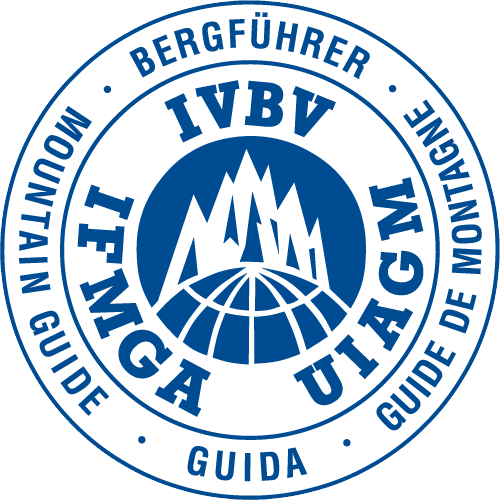

Our team is here to support you 24/7. Please feel free to provide your queries. You will get response within few minutes.
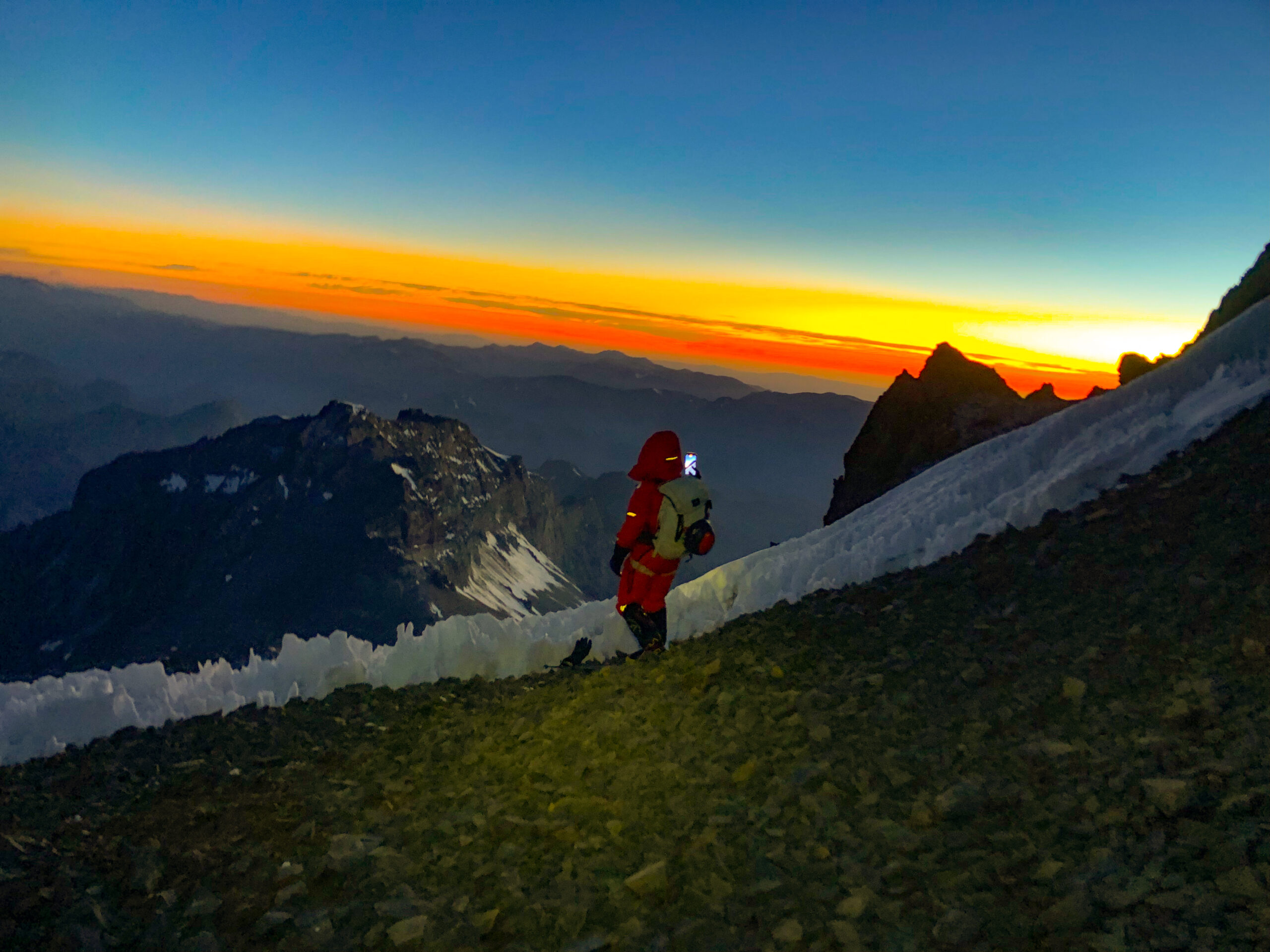
Starts at $10000
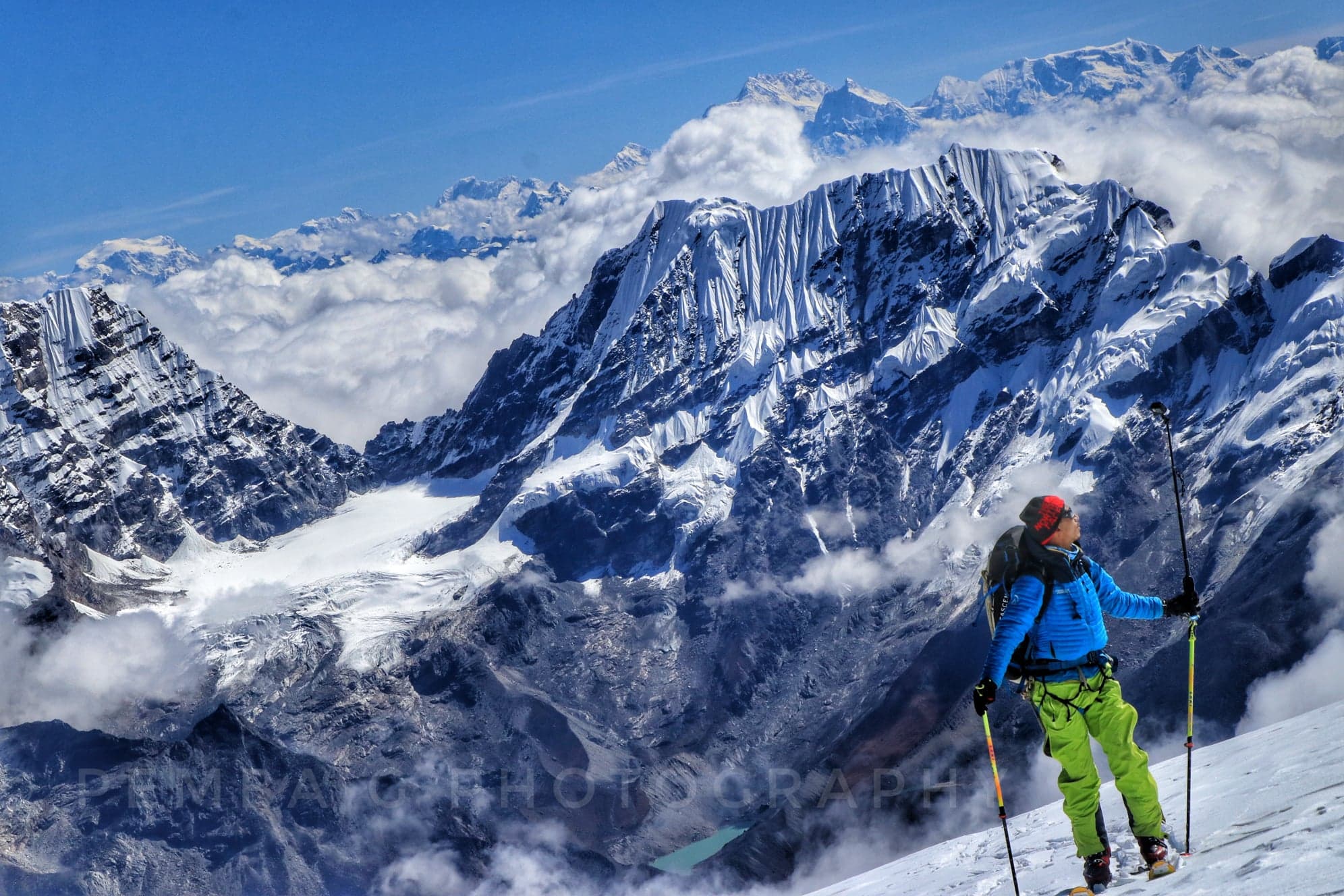

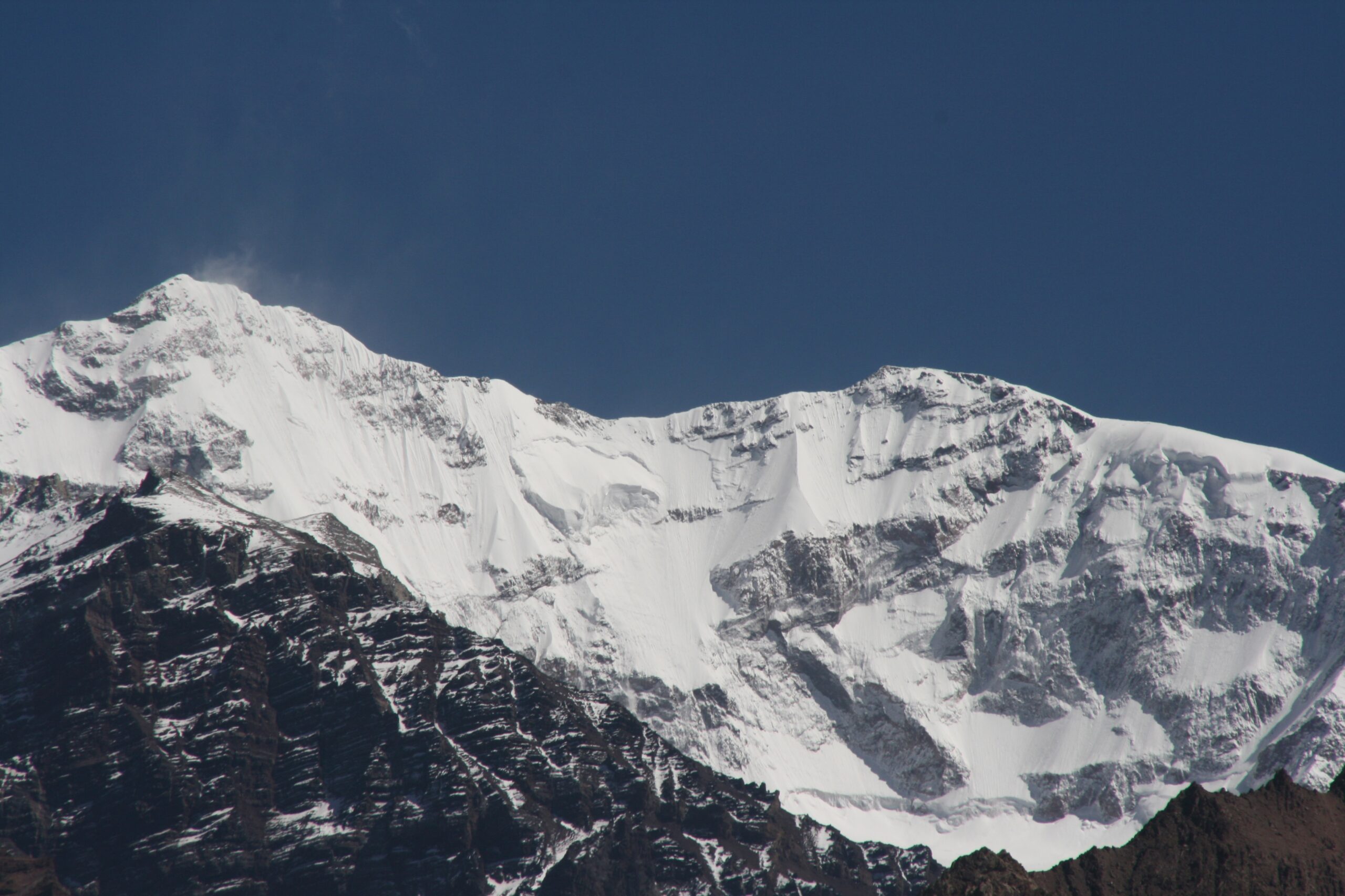
Overview
Mt. Aconcagua, meaning “Stone Sentinel” is the center and main motive of the Aconcagua Provincial
Park , one of the most spectacular protected areas of the Republic of Argentina . The 71000 hectares are
located in the Province of Mendoza, a few kilometers east of the borderline with the Republic of Chile.
All its waters flow towards the interior of Mendoza, through the Horcones, Vacas and Cuevas river
basins.
The Aconcagua is the highest mountain (6962 meters) of the Southern and Occidental Hemisphere and
the highest peak of the American Continent. It is one of the icons of the appraised Seven Summit Circuit.
It is also a great introductory peak for those who have little experience at high altitude. Due to its
elevations, geographical and climatic conditions, it constitutes the ideal stage for moderate demands,
and there are no finer proving grounds to prepare oneself for the demanding 8000 meter peaks of the
Himalaya.
The “Colossus of America” is the goal of climbers of all latitudes and the athletic aspiration of thousands
of annual visitors, who cherish this unique and exclusive experience, the one this magnificent mountain
offers.
19 days (Can be made 14 days with Heli to base camp) Expedtitions / (SKILL LEVEL: moderate)
Itinerary Traverse 360°
Day 01
ARRIVAL IN MENDOZA, ARGENTINA (760M/2,508FT)
Day 02
RECEIVE CLIMBING PERMITS AND SHUTTLE TO PENITENTES (2,700M/8,910FT)
Day 03
PENITENTES TO PAMPA DE LENAS (2,950M/ 9,735FT)
DAY 04
PAMPA DE LENA TO CASA DE PIEDRAS (3,250M/ 10,725T FT)
DAY 05
CASA DE PIEDRAS TO PLAZA ARGENTINA (BASE CAMP) (4,200M/ 13,860FT)
Day 06
REST DAY PLAZA ARGENTINA ) (4,200M/ 13,860FT)
Day 07
ASCEND TO CAMP 1 (4,900M/ 16,170FT)
Day 08
ASCEND TO CAMP 2 (5,500M/ 18,150FT)
Day 09
DESCEND TO PLAZA ARGENTINA BASE CAMP FOR REST (4,200M/ 13,860FT)
Day 10
REST AT BASE CAMP (4,200M/ 13,860FT)
Day 11
ASCEND TO CAMP 2 (5,500M/ 18,150FT)
Day 12
ASCEND TO CAMP 3 COLERA (5,970M/ 19,701FT)
Day 13
SUMMIT DAY (6962M 22,975FT)
Day 14
CONTINGENCY DAY IN CASE OF BAD WEATHER CONDITIONS
Day 15
CONTINGENCY DAY IN CASE OF BAD WEATHER CONDITIONS
Day 17
DESCEND TO PLAZA DE MULAS BASE CAMP (4,300M/ 14,190FT)
DAY 18
RETURN FROM BASE CAMP TO PUENTA DE INCA AND BACK TO MENDOZA (720M/ 2,508FT)
Day 19
MENDOZA (720M/ 2,508FT)
SERVICES INCLUDED
Professional mountain guide. Experienced and qualified to operate in Aconcagua.
Assistance with the procedures to obtain the permit to enter Park Aconcagua.
Ground transportation in private vehicles. Transport IN Airport – Hotel in Mendoza /Transport
IN-OUT Mendoza – Puente de Inca – Park Entrance
Two (2) nights of accommodation in a 4* hotel in Mendoza City (Sharing room, Double/Triple
occupancy), Breakfast included.
One (1) night of accommodation in Penitentes (Sharing room). Breakfast and dinner included.
Transportation by freight mules of your personal equipment without limits in kg IN-OUT Puente
de Inca -Base Camp
Lodging at base camps in mountain tents or dormitory tents for 4 or 8 persons and high
camps in mountain tents.
All meals included on the mountain.
Drinking water (hot and cold) in all our camps (base camps and high camps)
Fully equipped dining dome at base camps. Exclusive restrooms for our clients.
Internet and charge of your device for free at base camps.
Hot shower for free at base camps.
Facility for the storage and care of equipment.
Full porter service to carry double tents, garbage and human waste and part of common
equipment
Communications between high camps, base camp, Puente de Inca and Mendoza.
Medical equipment available at base camps and high camps.
Services not Included
Airline flights
Aconcagua Park Entrance Permit. Ascent Fee. (Tax charged by Mendoza government, according
to the selected route, dates and nationality. You will get a discount for hiring the assistance of
authorized company).
Mandatory MEDICAL INSURANCE FOR EXTREME SPORTS (Should cover evacuation and rescue by
helicopter)
Required personal equipment.
Rescue costs or other costs due to the abandonment of the expedition. (Riding mule, pack mule,
individual transfers, extra nights, meals, extra costs for changes in your flight ticket, personal
porter service, etc.) – It is recommended to take a Travel Insurance to cover these expenses.
Personal expenses (tips, laundry, phone, drinks, satellite phone, internet access, showers and
porters)
Extra nights in a hotel in case of early return to the city/ in case you don’t use the “spare days”
and decide to descend to Mendoza.
Transfer out Penitentes – Mendoza in case of early returning or abandon the expedition.
Meals and Drinks not specified in the itinerary. E.g.: Lunches and Dinners in Mendoza. Lunch in
day 2 of itinerary.
Transportation OUT Hotel – Airport.
Any other service not specifically mentioned as included in this document.
Gear List
The temperatures registered during the climbing season suffer from many thermal variations that make
the climber to be always aware.
You have to consider that during the nights even in good weather conditions and above 5000 mts -20°
temperatures can be common. -30° Temperatures can be register on the summit of Aconcagua. In Plaza
de Mulas, -18 ° C can be registered during bad weather conditions or in presence of big air masses
coming from the south. However -25° at high camps are not odd.
The required equipment list on this file is the basic gear to start this experience and it is quite important
to increase chances to summit Aconcagua.
Besides, you must have good quality equipment to avoid injuries,illness and even more, it can save your
life.
You are the responsible to bring the appropriate equipment and clothes. The guides will only checked
the gear and assist you before starting the expedition.
If something is missing, the guides will accompany you to the rental shops so you can be sure you’ll have
everything you need.
Remember the guides are the main authority in our guided expedition. They can decide your
permanence in the expedition if they realized that you equipment it doesn’t fulfill the needed standards.
Gear List
CLOTHES
2 sinthetic/thermic t-shirts
2 expedition Long Underwear, tops and bottoms. Polypropylene or Capilene, cotton blends are
not acceptable.
2 Fleece Jacket: Power strech and Primalof.
2 Fleece Trousers: Light-weight pile. Could be an extra mid long underwear bottom. We
suggested one primalof and other waterproof.
1 Parka: Down parka with good hood. Expedition type; needs to fit over all insulation layers.
Expedition Jacket: Waterproof/ breathable. Good storm-proof mountain jacket with attached
hood. We suggested: Gore-Tex.
Wind Expedition Pants: Waterproof/ breathable. We suggest: Gore-Tex. Full separating side zips
required to allow for easy accessibility and effective ventilation.
HANDS
First Layer Gloves: 2 pair light weight, pile or polypropylene.
Fleece and Waterproof Gloves: 1 pair for cold weather
Duvet Mittens: 1 pair.
Gore-Tex’s over mitts: Recommend "tough-tek" shell palms for better grip. Suggested: Outdoor
Research Alti Mitts.Could be down or synthetic big mittens for extremely low temperatures.
Hand warmers: for summit push (no direct contact with skin)
HEAD GEAR
Sun hat: with good visor and white bandana for protecting neck.
Climbing Helmet. Certified.
Wool or pile ski hat.(Keep in mind that you must wear a helmet on it.)
Head lamp (LED). We suggest 800 lumens: Petzl / Black Diamond
Glacier glasses: Must have side covers. If you wear contacts or glasses, we recommend packing a
spare pair of glasses; as well extra mountain sunglasses. We suggested: Category 4 or more
(Julbo or Bolle).
Goggles: High Mountain (Not Ski) We recommend it for snow storms.
Buff or similar.
CLIMBING EQUIPMENT
Mountaineering Axe: General mountaineering tool (Not Technical Ice tool).
Crampons: Step-in bindings. We suggested: Charlet Moser Super 12 or Griven Air Tech (With
protection bag). No Footfangs or Simond Scorpions or Grivel Rambo (because these are for
technical icefall climbing)
Climbing Harness, 60cm Sling and two (2) Locking Carabiner. To use in case the guide requires it
in places where it is necessary to reinforce security.
Trekking poles: 1 pair collapsible. Not for mountain running.
GENERAL EQUIPMENT
Backpack: Internal frame pack for at least 80lts. You must have ice axe haul loops
Daypack 45 lts. Optional but highly recommended. (No Quechua or Simmond)
Sleeping bag: Expedition quality. 1 kg. of down preferred. (0 to 20 F or -18 to -30 C°)
Ridge Rest sleeping pad. 1 full length foam.
Therma rest pad: 1 3/4 length with repair kit. Optional. We suggested reflective.
Dish, bowl, glass, knife, spoon and fork: Unbreakable set for high camps. (Suggested Plastic or
else titanium)
Pocketknife: Swiss Army knife.
Water bottles: 1 one-liter wide-mouth water bottle, 1 one-liter stainless steel thermos.
Pee bottle: 1litre wide mouth water bottle. We recommend: Nalgene.
Pee Funnel (for women). Suggested: Freshets.
Sun screen: SPF 50 minimum.
Lip screen: SPF 50, at least 2 sticks.
Personal first aid kit. Simple and light. (Compeed, analgesic, disinfectant)
FOOT WEAR
Mountain boots. Synthetic boots suggested (less weight) Ex: La Sportiva Boulder X Mid, Scarpa,
Millet, Bestard (NOT The North Face)
Climbing Boots: Double or triple plastic boots. With removable liner.It is very important have a
warm and good boots able to fix crampons. We suggested: Scarpa phantom 8000, La Sportiva
G2.
Lightweight Hiking Shoes for rest days at base camps. Ex: Salomon RX Slide 3.0 or similar.
Gaiters: Gore-Tex + Cordura. We suggested: Outdoor Research Crocodiles.
Wool socks. (3 pair) Cold weather socks. Expedition-weight wool or woolen blend.
Liner socks. 2 pair of smooth wool, nylon or polypropylene to be worn next to the skin. This
reduces the incidence of blisters and hot-spots.
Sandals (During Aconcagua 360º Route you will be crossing shallow portions of streams, for
which you can wear trekking shoes or sandals).
TRAVELLING
Large duffel bag with lock (120). For transporting gear by freight mules. Should be large enough
to hold your fully packed internal frame pack inside as well as other equipment.
Smaller duffel with lock. (To store excess gear at Inka’s deposit in Penitentes.)
Plastic bags. To line stuff sacks to keep gear dry.
Travel clothes and extra clothes to use in a warm Mendoza
Toiletry bag.
Camera gear. Optional.